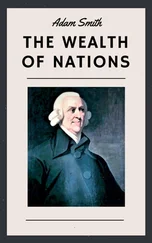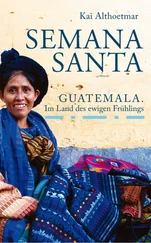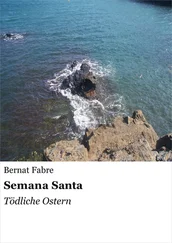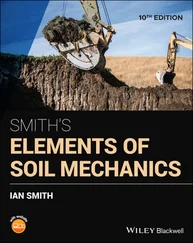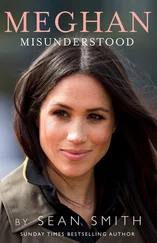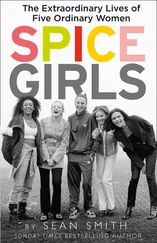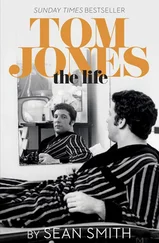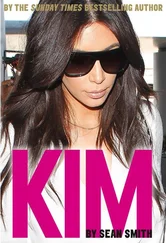‘You could see that he liked songs with strong melodies,’ observes Keith. ‘Most of the kids at the time were listening to The X Factor , which had just started, and following that, but he was appreciating other things.’
Another of Ed’s characteristics that served him well as a teenager was his lack of fear. He was appreciative but not overawed by the occasion. He took meeting Preston Reed in his stride. On another memorable occasion John and Imogen had arranged a dinner party where the guests included the local vicar. Keith and his wife were there: ‘Edward sang a ballad in the front room in front of the vicar and everybody else in a very, very confident and emotional way. It was very mature because he was only fourteen. It was extraordinary. Most of the children I teach won’t ever sing or play in front of their mum and dad. In fact they will play in front of anyone else but their mum and dad. But his mum and dad were there and he sang this song and completely held the audience – except the vicar, who can’t stand guitar music.’
The priest might not have appreciated being in the audience for a concert at the Shepherd’s Bush Empire in January 2006. The modest Sunday-night gig would change the course of Ed’s life as a performer. He and his dad had driven to London to see Nizlopi, an unconventional duo who had just had a number-one hit with their ‘JCB Song’. He was transfixed, though, by the opening act, an Irish singer–songwriter called Gary Dunne.
Gary used a Boss Loop Station and it was the first time Ed had witnessed how exciting that could be live. Gary built a song that filled the popular venue even though he was alone. He performed five numbers finishing with his ‘Amerikan Folk Song’, which Ed singled out as the track that had made him realise looping was the way forward for him to create his own individual sound. The musician plays a few bars, then has the loop station play it back while he lays another set of chords over the top. This can be done multiple times building layers of sound. In other words, you become your own band.
Gary did his best at performing the often thankless task of being a supporting act when the audience were standing around chatting and having a pint. He made a point of plugging his album, Twenty Twenty Fiction , which was on sale at the merchandise desk in the foyer. He also announced that he did house concerts, if anyone was interested.
Ed couldn’t stop talking to his dad about the loop pedal so John wrote to Gary saying, ‘My son absolutely loved what you did,’ and inviting him to Framlingham for Ed’s fifteenth-birthday party in a few weeks’ time.
‘House concerts’ were part of Gary’s musical world. They enabled him to earn extra pennies when he was between tours, further spread the word about his music and hopefully sell some CDs. He quoted John his standard deal at the time: ‘It was accommodation, a few hundred quid and a six-pack of Guinness. They were simple times.’
The week before his birthday, there was a tragic turn of events. One of his school friends, Stuart Dines, was killed in an horrific coach crash in Germany. Stuart, who was three months younger than Ed, was one of a group of pupils from Thomas Mills on a half-term trip to the Austrian ski resort of Fugen. On the autobahn near Cologne, the double-decker coach got a puncture and had to pull over onto the hard shoulder. A lorry carrying metal rods careered into the stationary vehicle.
Stuart was killed when a piece of metal from the lorry smashed through one of the coach windows.
Ed was not on the trip, but he knew Stuart well and they had been round to each other’s houses. Stuart lived in the nearby town of Woodbridge and his elder brother and sister went to school there. His parents, however, chose Thomas Mills for Stuart because he had ADHD and they felt it would better suit their son. That proved to be the case and, just like Ed, he was a happy and popular classmate and not at all an outsider. His proud father Robert recalls, ‘Stuart was very outgoing and if anyone was a bit shy, they could latch on to Stuart. He would talk to anybody. He had so much energy.’ He also shared Ed’s gift of being able to memorise complicated lyrics, which would leave his father wondering why he couldn’t do the same with his schoolwork.
The school flag was at half mast when everyone returned after half-term. The headmaster at the time, Colin Hirst, who had faced the difficult task of telling Stuart’s parents what had happened, said that the children were ‘devastated and shocked’.
Stuart’s father Robert remembers, ‘Ed was very, very upset, like a lot of the children.’
Ed had to come to terms with the death of someone he saw practically every day. He resolved to write a song about his feelings. He composed, he said, ‘whilst I got round to actually accepting it.’
The song that he eventually finished is a breathtakingly beautiful tribute to his friend called ‘We Are’. He completed it in time for Stuart’s funeral at Woodbridge Methodist Church and the CD recording was played during the service along with some of Stuart’s favourite Queen records. So many people wanted to pay their respects that they filled the church and the hall next door, into which they piped the music so that everyone could hear it. Afterwards Ed presented Robert, and Stuart’s mother Jackie, with a signed copy of the CD. ‘It is a lovely song,’ observes Robert.
Before the funeral, Ed’s fifteenth birthday party was a chance to cheer himself up, as well as his friends. Ed went to a lot of trouble setting up a PA system in the spacious living room at home and he and his dad drove off to Ipswich Station to collect Gary. This was the first time they had met him. Gary played a hugely appreciated set of his songs to ‘Ed and all his teenage buddies, who told me they loved the show’.
He stayed up late talking with John and Ed and a few of his mates. They reminisced about Ireland. Gary is from Portlaoise, fifty miles west of Dublin. His father, also called John, ran a folk club at Kavanagh’s pub, which hosted many of the musicians Ed most admired, including Andy Irvine, an original member of Planxty. Gary still has the picture of Andy, his father and a teenage Ed taken there.
Most of the country had seen a loop pedal for the first time when the Scottish singer–songwriter KT Tunstall used one to mesmerising effect on a 2004 edition of Later … with Jools Holland . She stole the show when she created a one-woman-band effect for her song ‘Black Horse and the Cherry Tree’. But Gary had first become interested in looping two years earlier when he had played at the Lobby Bar, a music pub in Cork. He was on a bill that included the acclaimed American singer–songwriter Joseph Arthur and could scarcely believe Joseph wasn’t using a backing track. Gary had marvelled at how he could make all those sounds live through a loop station. The music business is full of such chance connections. That gig in a tiny bar in Cork would lead indirectly to one of the most important ingredients in the development of the Ed Sheeran sound.
By coincidence both Gary Dunne and Damien Rice had supported Joseph Arthur at one time. Ed was thrilled to hear that Gary had also opened for Damien Rice on tour and told him about the gig at Whelan’s he had been to with his cousin Laura. Gary observes, ‘He was a hardcore Damien Rice fan back then.’
Gary found meeting the Sheeran family a ‘very warm and enjoyable’ experience: ‘In the morning Imogen cooked a big, beautiful fry-up and we went for a walk near by.’ Before he left Framlingham, Gary went through the process of looping with Ed. He showed him the Boss RC20 model he used and recommended that Ed try it. It was a simple but rugged piece of equipment that could survive being hauled around by an impatient teenager.
Читать дальше


